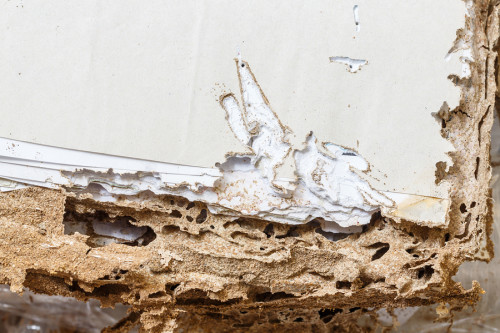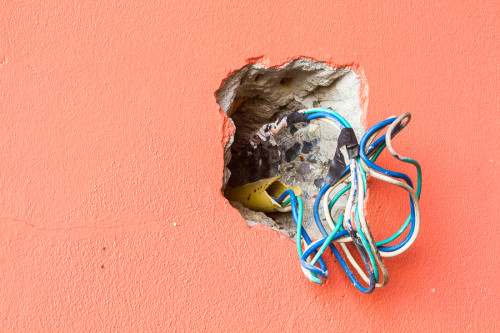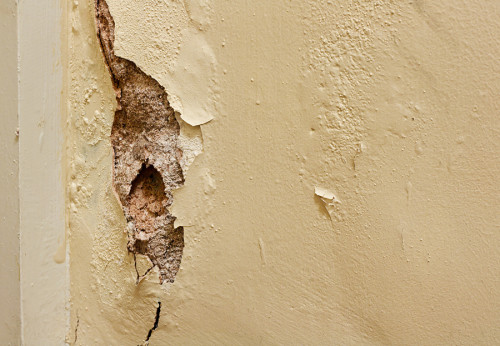Buying a new home is not a decision to make lightly. And when you do, you want to know you are getting the best house in the best possible location, for the best price (or at least the best you can afford!) When purchasing an established home, there are certain proactive steps you should take to ensure you’re choosing a safe living environment, not just around your neighborhood, but the house as a whole.
Before signing a contract or putting down any sort of payment, it is mandatory to conduct a series of pre-purchase building inspections. There are a number of things you can do – both by yourself and with the help of a professional – that will give you a good idea of what you need to do to bring your property up to scratch. We’ve put together a list of 9 preliminary building inspections you should conduct when looking to purchase a pre-loved home. You owe it to yourself to know what you’re getting into!
- Pest inspection
This may seem obvious, but it is a great idea to get your home looked at by a professional before choosing to buy. These inspections typically include pest inspections, such as wasp and termite inspection. Also check if there are any visible signs of pests or termites, such as hollow-sounding walls, and be sure to inform the pest inspection company you have enlisted of these.

- Roof
Don’t judge a book by its cover! The outside of a roof does not hold all the answers you need when assessing a house. Check the roof ridges and valleys for cleanliness and condition, and note any missing or broken tiles. Also look for sagging in the roof line and ceilings. If sagging is present, it could indicate that the roof is leaking.
- Structure
Usually, pre-purchase inspections must include the foundations, the walls and the internal roof structures. If the original buildings were well-planned, there will be no patching-over, cracks or uneven brick courses. Also, it is key to ask the seller if they are aware of any defects that are not readily visible.
- Timbers
Wooden flooring is certainly an aesthetically pleasing feature to have in any home. However, wooden floors, wooden window frames, wooden doors and roof rafters often require attentive analysis. Check these areas for splitting, poor maintenance or termite infestation.
- Electrical wiring
Many accidents in the home are attributable to electricity hazards. Ensure that the electricity distribution board is neat, tidy and has adequate protection from leakages and short circuits.

- Trees or other hazards
Large trees can be a home for swings and a source of much joy for your family. However, it is important to consider the distance of trees away from your house – too close can pose a dangerous risk, as they may fall and cause damage or injury during storms or heavy winds.
- Driveways
Usually, driveways are made from a particularly sturdy concrete mix. If substantial cracks are appearing in the driveway, this could indicate that the driveway was made from a substandard material
- Inside, walls and windows
Check surfaces inside the house for cracks, damage and mold. Cracks may indicate a shift in foundation, and mold could signal water damage – which can be rather expensive to repair. Also ensure that all toilets and taps are in excellent working order. As well as this, be sure to run all built-in appliances so you don’t discover any nasty surprises when trying to make your first morning cuppa!

- Repairs
It is important to review all freestanding structures where repair could prove extensive (and expensive). This is an area where it can be beneficial to call on an established property inspector to help out. A prudent purchaser determines repair costs, and renegotiates the purchase price if they are significant.
Buying a home is one of the biggest decisions you will make in your life. Make sure that you equip yourself with knowledge, so that you are the most prepared that you can be. Enlist the help of others if you need to, and make sure you conduct a thorough inspection. Remember these 9 areas that require special attention, and good luck, whether this is your first purchase or your 10th!



This is some great information, and I appreciate your suggestion to include trees in your home pre-purchase inspection. My husband and I are going to be moving in a few months, and we want to make sure our new house is a safe one. I hadn’t considered having the trees inspected for safety reasons, but we’ll be sure to have that done before we buy a house. Thanks for the great post!